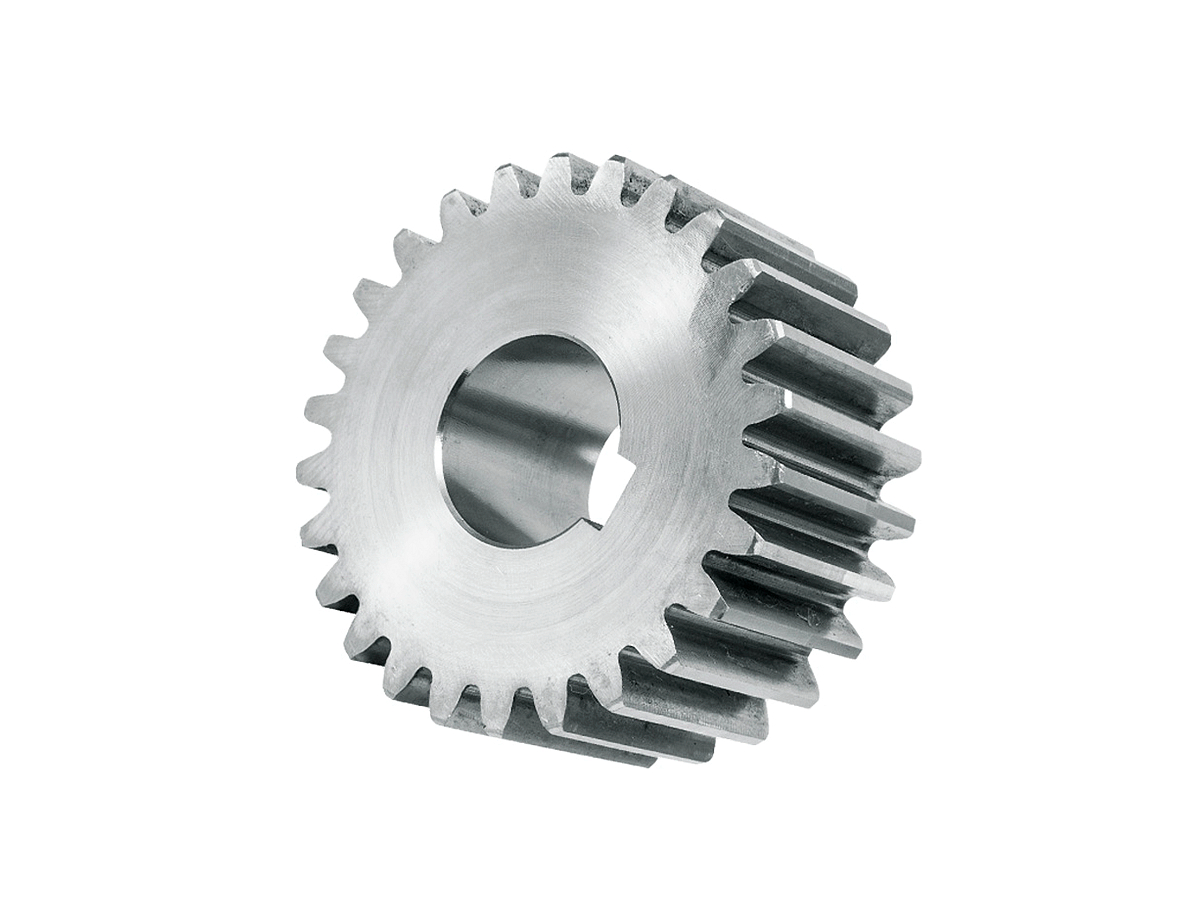Nuclear Industry Solutions: How CNC Boring Is Crucial for Stainless Steel Reactor Components
Precision Engineering for Nuclear Safety
The nuclear industry demands components capable of withstanding extreme radiation, thermal cycling, and high-pressure environments. CNC boring services achieve tolerances of ±0.005mm in stainless steel reactor parts, ensuring leak-proof performance in primary coolant systems. Grade 316L and 304L stainless steels dominate 80% of reactor internal components due to their >10,000-hour corrosion resistance in borated water.
With next-gen reactors like SMRs requiring 60-year operational lifespans, multi-axis CNC machining enables complex geometries for fuel rod guide tubes and control rod drive mechanisms. ASME III and ISO 19443-certified processes ensure compliance with IAEA safety standards.
Material Selection: Radiation-Resistant Alloys
Material | Key Metrics | Nuclear Applications | Limitations |
|---|---|---|---|
485 MPa UTS, 16% Cr, 2.1% Mo | Reactor pressure vessel internals | Requires electropolishing for crevice corrosion resistance | |
515 MPa UTS, 18% Cr, 0.03% C | Steam generator tubing | Limited to 350°C in PWR environments | |
930 MPa UTS, 58 HRC | Reactor core baffle bolts | 5x higher machining cost vs. 316L | |
500 MPa UTS, 0.01% neutron absorption | Fuel rod cladding | Requires EDM drilling for precision holes |
Material Selection Protocol
Primary Coolant Systems
Rationale: 316L’s 2.1% molybdenum content resists pitting corrosion in 300°C borated water. Post-machining passivation (HNO₃ 20%) ensures oxide layer stability.
Validation: Meets ASME III Class 1 requirements for a 60-year design life.
High-Neutron Flux Zones
Logic: Zircaloy-4’s low thermal neutron cross-section (0.18 barns) minimizes activation while maintaining 500 MPa strength.
CNC Boring Process Optimization
Process | Technical Specifications | Nuclear Applications | Advantages |
|---|---|---|---|
50:1 L/D ratio, 0.01mm straightness | Control rod drive mechanism housings | Maintains 0.02mm/m concentricity | |
5-axis simultaneous, 0.005mm positional | Reactor core support columns | 70° compound angle capability | |
3-200mm diameter, Ra 0.8μm | Coolant channel drilling | Single-pass drilling up to 6,000mm depth | |
±0.003mm tolerance, 0.4μm surface finish | Pump shaft bearing journals | Eliminates post-machining grinding |
Process Strategy for Reactor Vessel Nozzles
Rough Boring: Ceramic-coated carbide tools machine 98% material at 60 m/min.
Stress Relief: 550°C×10h annealing per RCC-M Rx-360.
Finish Boring: CBN-tipped bars achieve Ra 0.4μm in 500mm bores.
Surface Treatment: Electropolishing removes 30μm for <0.1μm Ra.
Surface Engineering: Enhancing Radiation Resistance
Treatment | Technical Parameters | Nuclear Benefits | Standards |
|---|---|---|---|
0.5-1.5μm Cr₂O₃ layer, HNO₃ 25% | Prevents intergranular corrosion | ASTM A967 | |
6 GW/cm², 0.5-2.0mm depth | 300% fatigue life improvement | ASME BPVC III | |
Al₂O₃-40%TiO₂, 0.2mm thickness | Neutron shielding layers | ISO 14923 | |
50-100μm material removal | Decontamination surface preparation | ASTM B912 |
Coating Selection Logic
Reactor Internals
Solution: Laser-peened 316L surfaces achieve compressive stresses >800 MPa, inhibiting stress corrosion cracking.
Waste Storage Containers
Method: HVOF-sprayed Inconel 625 coatings provide 1,000+ year corrosion resistance in geological repositories.
Quality Control: Nuclear-Grade Validation
Stage | Critical Parameters | Methodology | Equipment | Standards |
|---|---|---|---|---|
Material Certification | Co/Ni ratio ≤0.20, δ-ferrite 3-12 FN | Feritscope FMP30 | Fischer Feritscope | RCC-M M113 |
Dimensional Inspection | 0.005mm bore cylindricity | Laser tracker + CMM | Leica AT960 + Zeiss Prismo | ASME Y14.5 |
NDE | 0.1mm flaw detection | Phased array UT + radiography | Olympus Omniscan MX2, Yxlon FF35 | ASME V, EN ISO 9712 |
Helium Leak Test | ≤1×10⁻⁹ mbar·L/s leak rate | Mass spectrometer leak detection | Pfeiffer Vacuum HLT 570 | ISO 20485 |
Certifications:
ASME NQA-1 compliant quality assurance program.
ISO 19443 for nuclear supply chain traceability.
Industry Applications
Pressurized Water Reactors: 316L steam generator tubes with electropolished 0.1μm Ra surfaces.
Fast Breeder Reactors: Alloy 625 control rod guides machined via multi-axis boring.
Spent Fuel Pools: 304LN stainless racks with laser peening-enhanced fatigue resistance.
Conclusion
Precision nuclear CNC boring services reduce component failure risks by 90% in reactor environments. ASME III-certified one-stop manufacturing accelerates project timelines by 50% versus traditional methods.
FAQ
Why is 316L preferred for reactor internals?
How does laser peening improve component lifespan?
What certifications are mandatory for nuclear machining?
Can CNC boring handle Zircaloy-4 fuel cladding?
How to validate leak-tightness in coolant channels?

